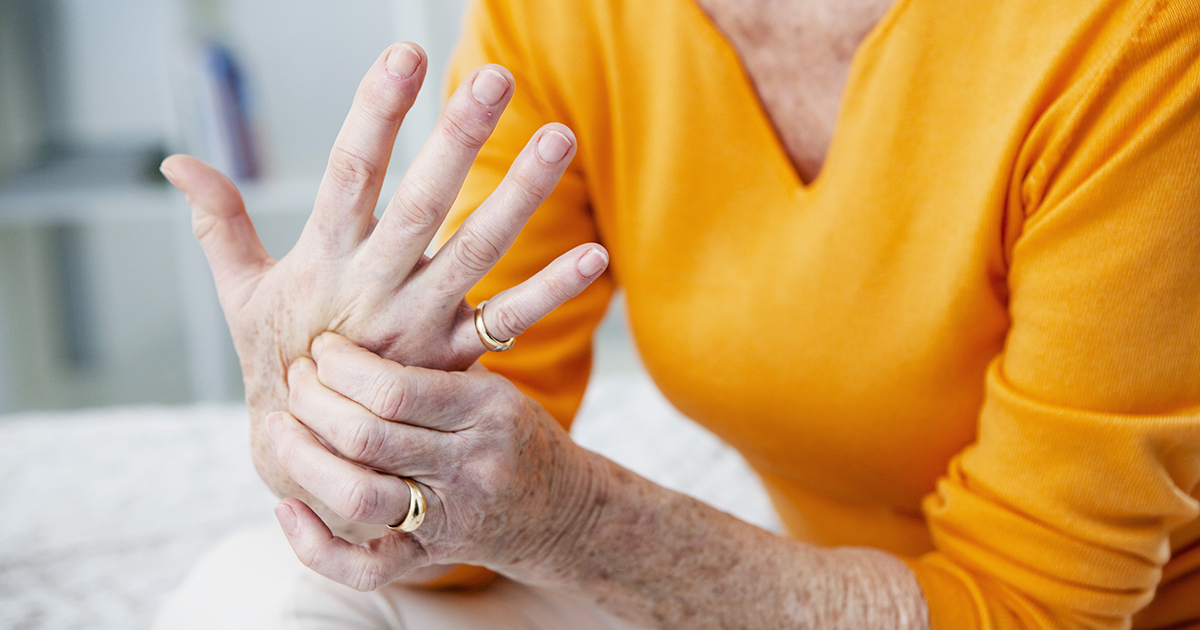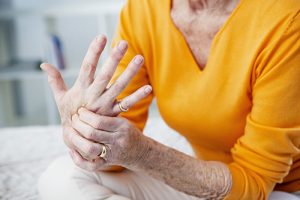
Women face higher risk of osteoarthritis of the hand
 Research suggests that about 40 percent of adults will develop osteoarthritis (OA) of the hand at some point in their lives. OA of the hand is a common condition that causes disability in hand strength and function.
Research suggests that about 40 percent of adults will develop osteoarthritis (OA) of the hand at some point in their lives. OA of the hand is a common condition that causes disability in hand strength and function.
Researchers also found that OA of the hand is more common among women. Nearly one in two females will develop the condition by age 85, compared with one in four men.
For women, OA of the hand typically develops after menopause. Women are also more vulnerable to arthritis at the base of the thumb after age 40.
Studies suggest that OA of the hand is more common among women because declining estrogen levels contribute to the loss of joint function.
Risk factors
It’s important to know your risk for osteoarthritis. Some risk factors include:
- Genetics: If your mother or grandmother has or had OA in her hands, you are at greater risk.
- Weight: Obesity increases risk.
- Age: Risk increases as you get older.
- Health history: Prior fractures or other injuries to the joint may increase risk.
Symptoms and treatment
- Pain that feels dull or burning. It often occurs after joint use.
- Swelling when the joint is subject to greater stress.
- The joint is warm to the touch, due to your body’s inflammatory response.
- Looseness or grinding sensation in the affected joint.
- Cysts that cause ridging or dents in the nail plate of the affected fingers.
If you have OA of the hand, Mark Getz, MD, rheumatologist with OSF HealthCare Medical Group, offers advice for finding relief.
“Acetaminophen, like Tylenol, can be safe and effective for pain relief. Nonsteroidal anti-inflammatory drugs, like ibuprofen, work better but can carry more risk,” Dr. Getz said.
“Corticosteroid injection at the base of the thumb is often effective and safe. Surgery can be used for those in severe pain, as well as for those with deformity due to arthritis. Again, this is most often useful for arthritis of the joint at the base of the thumb.”